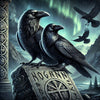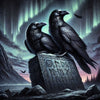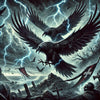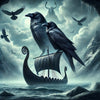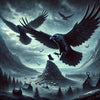The Viking way of life - Who where the Vikings?
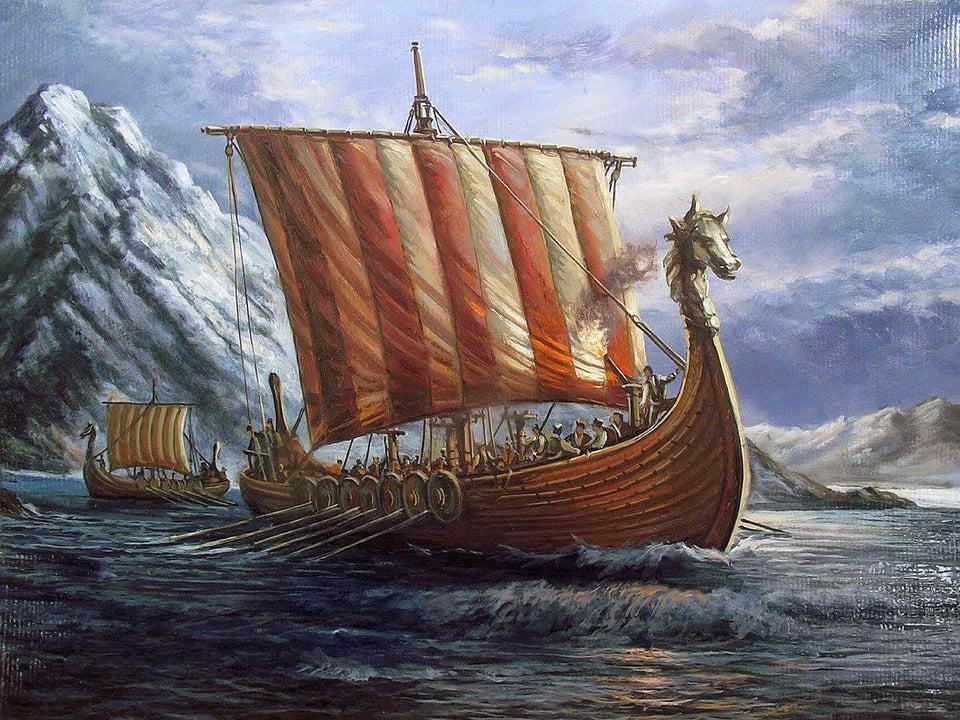
The Viking way of life - Who where the Vikings?
Viking history is sometimes seen as a violent and bloody period of time. The truth is that most people were farmers, and spent their days tilling the land, planting crops from barley to wheat.

Who were the Vikings?
The Vikings were a group of Germanic people who lived in Scandinavia during the Middle Ages. They are known for their skill in shipbuilding and sailing, as well as their raids on other countries.
Viking society was divided into three classes: the nobles, the warriors, and the farmers. The nobles were the ruling class and owned most of the land. The warriors were responsible for defending the kingdom and went on raids. The farmers were the largest class and worked the land to produce food for everyone.
Viking men were expected to be strong and brave. They wore armor made of iron and carried weapons such as swords, axes, and spears. Viking women were responsible for running the household and raising the children. They also could own property and businessess.
Viking culture placed a great importance on honor, courage, and strength. Vikings believed in many gods and goddesses, including Odin, Thor, Freyja, and Loki. They had elaborate burial rituals and believed in life after death.

The Viking way of life
The Vikings were known for their raiding and pillaging. They would often sail up rivers to attack villages and monasteries. The Monk River was one of their favorite targets. The Vikings also engaged in trade. They would trade with other countries for things like fur, honey, and iron. The Vikings were also farmers. They grew crops such as wheat and barley. Sheep were also raised for their wool.

The Viking culture
The Vikings lived in Scandinavia during the 8th to 11th centuries. The Viking culture was based on a warrior ethos, and their way of life was centered around warfare, raiding, and pillaging. Vikings were also known for their maritime skills, and they used their longships to travel across the oceans and raid coastal settlements.
Viking society was divided into three classes: the nobility, the clergy, and the peasantry. The nobility consisted of Viking chieftains and their families, while the clergy were responsible for religious matters. The peasantry made up the majority of Viking society and were responsible for farming and other manual labor.
Viking culture placed a great emphasis on personal honor and loyalty. Vikings believed in bravery in battle, and those who died in combat were thought to be rewarded in Valhalla. Vikings also believed in being hospitable to guests and strangers, as this was thought to be an act of good faith.
The Viking way of life was often brutal and violent. However, it was also marked by a great sense of community and camaraderie. Vikings tended to be loyal to their families and friends, and they would often go out of their way to help those in need.
